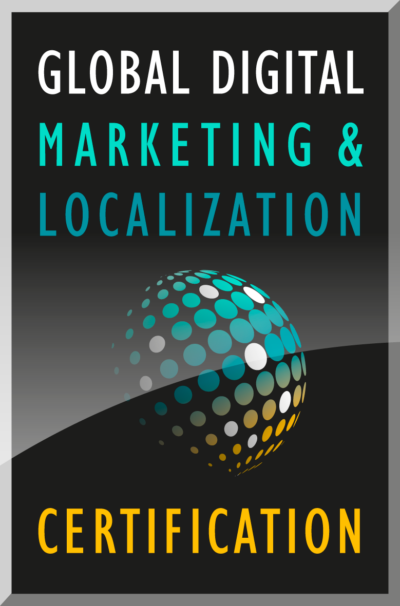If you are expanding across diverse and evolving markets – you most likely have a global content plan in place or are looking to implement a strategy for 2017. How can you look to your local markets to improve the conversation you have with your consumers? Today’s insights come to us from Dr. Nitish Singh , Associate Professor International Business & Director Program Innovations at the Boeing Inst. of International Business, St. Louis University and Co-Organizer of Brand2Global Conference.
A global digital marketer’s dream is to create content that resonates with the target audience, and results in higher engagement, likes, shares, purchases, and other key performance metrics. Appositely, marketers need to understand the key to the heart and mind of their consumers. The key to the heart and minds of consumers is not just based on unique selling points or product benefits, but also how the content connects with the customer at their deepest value level. In fact, academia, through decades of extensive research, has concluded that cultural values serve as the software of the mind[i]. Culture has been shown to influence consumer motivations, values, ideologies, choices and ultimately their behaviors[ii].
With this in mind, I wanted to identify ad share some evidence on how localizing digital content to local user’s cultural values can really help marketers hit the sweet spot. My colleagues and I gathered a sample of online users from five countries (Italy, India, Netherlands, Spain and Switzerland) and empirically tested their attitude, purchase intentions and other perceptual measures on sites that were barely (low), somewhat (medium) and highly localized (high) to their home country[iii]. We followed research protocols with respect to data collection, analysis, and measurement of reliability.
Our analysis showed how the perception of site effectiveness variables varies on highly adapted, medium adapted, and low adapted web sites. The results, in general, showed that web sites depicting high levels of cultural adaptation were ranked higher followed by medium and low adapted web sites. Specifically, Indian and Spanish users showed a much stronger preference for highly adapted sites followed by Dutch, Swiss, and Italian users respectively.
In fact, this is not an isolated study; there is mounting evidence to show that content localization significantly impacts user’s attitudes and intentions to engage and buy online.
However, beware that translation does not equate localization. Localization, in a digital context, is about adapting the content based on locale specific cultural values, cultural symbols, cultural icons and other functional and interface design elements. If you really want to hit the sweet-spot and enhance consumer engagement, consumer trust, consumer loyalty and most importantly consumer’s propensity to do business with you, then you need to deliver digital content in a local platter.
References:
[i] Geert Hofstede, Gert Jan Hofstede, Michael Minkov. Cultures and Organizations: Software of the Mind. 3rd ed. usa. McGraw-Hill ; 2010
[ii]Tse, David K., John K. Wang and Chin Tiong Tan. Towards Some Standardized Cross-Cultural Consumption Values. Advances in Consumer Research.1988;15:387-395
Pollay, R. W. Measuring the cultural values manifest in advertising. Current issues and research in advertising.1983;6(1):71-92
[iii] Singh, N., Furrer, O., Ostinelli, M. To localize or to standardize on the web: empirical evidence from Italy, India, Netherlands, Spain, and Switzerland. Multinational Business Review.2004;12(1):69-88
Join me on December 8th:
Free Webinar: Enhancing Your Content Localization ROI: Evidence & Best Practices
If you are still not convinced then, let me provide you more data and statistics to help you make a business case for localizing your global digital content.
To register for this free Brand2Global Webinar, simply follow this registration link: Sign up TODAY!










